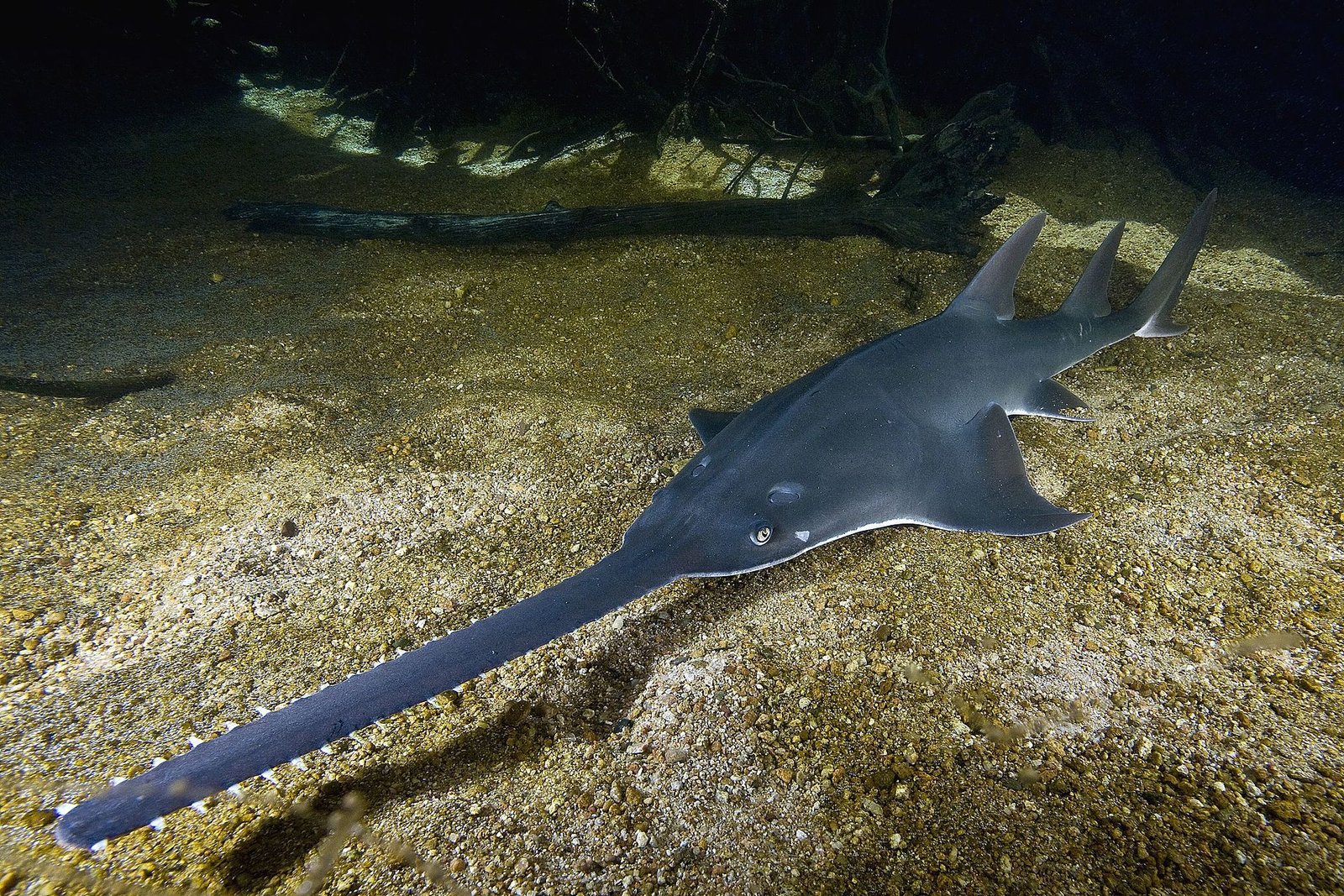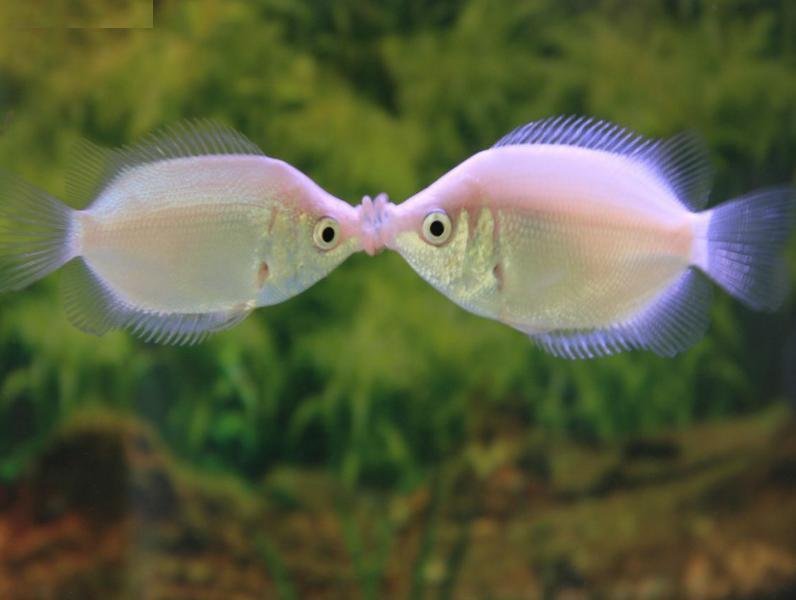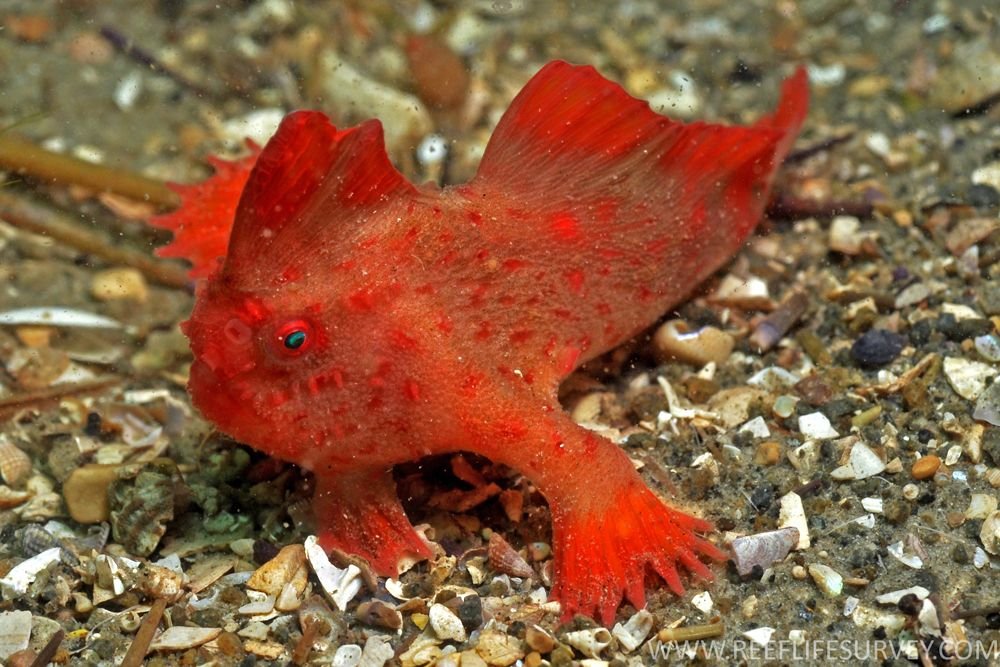Rarest Fish Species in the world-There have been expressions in recent decades about the severe impact that overfishing has had on various marine species and their natural habitats. As a result, some fish species are now classified as severely endangered and are becoming more scarce in the wild. Almost all of the rare species on this list have had their wild populations decimated as a result of people catching more fish than is viable.
Despite the fact that various laws have been enacted to preserve these endangered fish from future threats, many have yet to recover in the wild. However, a number of the fish on this list have made a minor comeback as a result of considerable conservation efforts.
Rarest Fish Species- European Sea Sturgeon (Atlantic Sturgeon)

The European Sea Sturgeon, also known as the Atlantic Sturgeon (not to be confused with the other Atlantic Sturgeon or Acipenser oxyrinchus oxyrinchus), is a rarest fish Species that can only be found in France’s Garonne River. Historically, the European Sea Sturgeon ranged from the North and Baltic Seas, the English Channel, the European Atlantic coastlines, the northern Mediterranean west of Rhodos, and the western and southern Black Sea. There have also been reports of the European Sea Sturgeon being discovered near Alegeria, Morocco, and Tunisia.
There are only between 20 – 750 mature European Sea Sturgeons left in the wild today. However, a few thousand fish have been released back into the wild after being grown in captivity. These formerl confined European Sea Sturgeon have yet to reproduce.
Rarest Fish Species – Smalltooth Sawfish

The Smalltooth Sawfish has an unusual appearance and derives its name from its long blade-like snout. Despite its appearance, the Smalltooth Sawfish is connected to rays, which are cartilaginous fish. Historically, the Smalltooth Sawfish was much more common in tropical and subtropical areas of the western and eastern Atlantic Oceans. Today, the Smalltooth Sawfish can only be found off the coast of Florida and around several Bahamas islands.
The Smalltooth Sawfish is most likely extinct in many of its previously known habitats, according to the IUCN Red List. Since around 1962, it is thought that more than 95 percent of the Smalltooth Sawfish population has been destroyed. Targeted fishing decimated the natural Smalltooth Sawfish population, although many of the fish are still captured in nets designed for other fish.
Kissing Loach

The Kissing Loach, or Aymodoki in Japanese, is found in just three tiny and isolated places of Japan. The only reason the Kissing Loach hasn’t become extinct is due to substantial human involvement and conservation efforts. According to the IUCN Red List, the Kissing Loach is on the verge of becoming extinct in the wild, however it is now classed as a critically endangered species.
The IUCN Red List also predicts that if conservation efforts were to cease, all surviving Kissing Loach populations would perish. It is thought that there are less than 800 Kissing Loaches surviving in the world. A conservation area is being developed for a park in Kameoka City, which has the highest number of Kissing Loaches. Volunteers in Okayama City continue to guarantee that the area’s two populations of Kissing Loach reproduce each year.
Giant Sea Bass

The Giant Sea Bass was formerly a plentiful fish along the coasts of California and Baja, Mexico, but it has been nearly wiped off in recent decades. The Giant Sea Bass is thought to be making a return because of robust conservation efforts. However, its current wild population is believed to be around 500 adult individuals.
The Giant Sea Bass, as the name indicates, is a gigantic fish that may grow to be about 600 lbs (272.16 kg) in size. Giant Sea Bass are also the greatest predators in Southern California’s kelp forests. Giant Sea Bass were far more numerous in the past, but they were readily caught since they prefer to aggregate in big numbers. During the summer of 2018, scientists from UC Santa Barbara and the Aquarium of the Pacific verified the presence of a large number of Giant Sea Bass in Avalon’s Casino Dive Park, a popular scuba diving location.
Tequila Splitfin

Tequila Splitfin is a tiny fish found only in Rio Teuchitlan, Mexico, in a small spring pool. Scientists assumed the Tequila Splitfin had become extinct since no specimens have been found since 1992. The only known remnant colony of Tequila Splitfins, however, was discovered in 2005. It is thought that there are only around 500 Tequila Splitfins left in the wild, with about 50 mature fish.
Fortunately, conservation measures are presently underway to help replenish the natural population of Tequila Splitfins. The Mexican Fish Ark, which is situated at the University of Michoacana of San Nicolás de Hidalgo, has been rearing various endangered goodeid species, including the Tequila Splitfin. Conservationists released 700 Tequila Splitfins back into the wild in 2017, hoping that the species will recover.
Adriatic Sturgeon

Historically, the Adriatic Sturgeon was more common and prolific in the Adriatic Sea. However, overfishing has destroyed the natural population of Adriatic Sturgeon over the last several decades, and there may be as few as 250 wild fish surviving. The Adriatic Sturgeon is already extinct in many of its historical habitats, according to the IUCN Red List.
Since 1988, the Adriatic Sturgeon has been successfully bred in fish farms, and the species is being replenished in Italy on a regular basis. Unfortunately, no proof exists that these released fish are breeding in the wild. For the previous 15 years, there have been no reports of the Adriatic Sturgeon breeding in its typical locations.
Devils Hole Pupfish

Despite the fact that this list and our study demonstrate otherwise, the Devils Hole Pupfish is usually regarded as the world’s rarest fish (it is not quite as rare as the Red Handfish). The Devils Hole Pupfish can only be found in the Devils Hole, a geological structure in Nevada’s Death Valley National Park. The Devils Hole Pupfish is thought to have been isolated in this location between 10,000 and 20,000 years ago.
The Devils Hole Pupfish population has always been tiny in general. Their populations, according to researchers, are influenced by the amount of algae on the Devils Hole rock shelf. Scientists have counted 187 Devils Hole Pupfish in October 2018, which is the most in 15 years.
Red Handfish

The Red Handfish is a strange-looking fish that moves over the ocean floor using its hand-like fins. The Red Handfish, which was found in the 1800s, has always had a modest population size. Until early 2018, only around 20 – 40 Red Handfish were reported to be residing in Hobart’s Frederick Henry Bay, off the coast of eastern Tasmania.
A second group of Red Handfish was discovered in early 2018 by a research team from the University of Tasmania’s Institute of Marine and Antarctic Studies. With this recent finding, the total number of Red Handfish is believed to be around 80. Red Handfish are severely endangered, and their numbers are so low because their eggs, which they lay on the bottom of seaweed, are sometimes mistakenly brushed past by people or other marine species.
Sakhalin Sturgeon
The Sakhalin Sturgeon is so uncommon that it is rarely observed or captured in the wild. According to the IUCN Red List, the Sakhalin Sturgeon has never been a plentiful fish, but it was more regularly seen for sale in Hokkaido, Japan, in the 1950s. Since then, the wild Sakhalin Sturgeon population has plummeted.
The actual number of Sakhalin Sturgeon in the wild is unknown, however it is thought that only 10 – 30 adults spawn in the Tumnin River each year. A few individuals were captured in 2005 and 2008 and utilised to try to create a captive breeding population. The most serious threat to the Sakhalin Sturgeon’s existence is illegal poaching while it is migrating for spawning. According to the IUCN Red List, the Sakhalin Sturgeon may go extinct over the next 10 To 15 years.
Ornate Sleeper Ray

Although they do not appear to be normal fish, rays are a type of cartilaginous fish, and the Ornate Sleeping Ray is one of the most remarkable looking rays. Only a few documented sightings and picture recordings exist for the Ornate Sleeping Ray. Between 1984 and 2004, two types of specimens were also obtained. The Ornate Sleeper Ray is the world’s rarest fish since it is rarely observed and there are none in captivity.
The Ornate Sleeper Ray was spotted and photographed for the first time in 1984, and it was quickly recognised as an undiscovered species of ray. Following that, a few additional Ornate Sleeper Ray sightings were recorded, and two specimens were eventually captured in 2003. The Ornate Sleeper Ray was eventually acknowledged as a new genus and species of ray in 2007 after a few years of debate.
Conclusion
The above is the list of 10 rarest fish species in the world by The Himalayan Outback. If you are a fishing enthusiast, you should definitely reach out to us. Our crew is composed of specialists that create the right environment for your expedition, and we are a sought-after location for one-of-a-kind and amazing events and meetings of all kinds.








